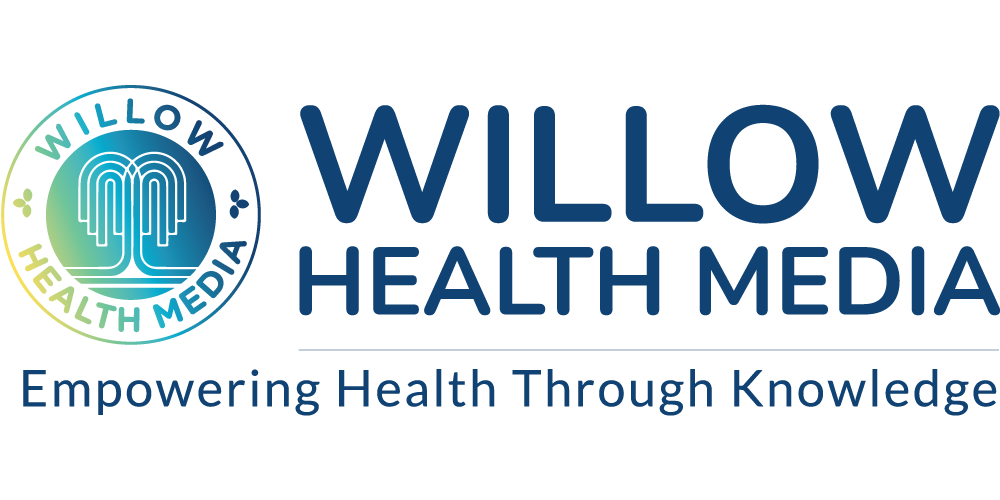To save its people from the unfolding tobacco crisis, Africa must move beyond moralistic resistance and toward policies that reflect both compassion and scientific truth.
Africa stands at a pivotal moment in its public health journey. The urgency of the tobacco crisis cannot be overstated, as smoking rates surge across the continent, and the policy response remains dangerously anchored in outdated ideologies.
While global and regional tobacco control efforts continue to emphasise abstinence and prohibition, they routinely ignore a critical tool in the fight against tobacco-related disease: smoke-free alternatives. This blind spot is not just a policy oversight; it’s a life-threatening failure.
Scientific consensus is clear: the primary danger of tobacco lies in combustion. Burning tobacco releases thousands of toxic chemicals that cause cancer, heart disease, and respiratory illness. Smoke-free alternatives like e-cigarettes and heated tobacco products significantly reduce exposure to these toxins.
Yet, many African governments treat all nicotine products as equally harmful, clinging to moralistic dogmas rather than embracing evidence-based Harm Reduction. This approach is not only scientifically flawed but also ethically indefensible.
Although the age-standardised prevalence of smoking in the African region is approximately 18 per cent for men and 2 per cent for women, increasing populations mean the absolute number of smokers is rising, according to the African Tobacco Control Alliance.
Africa had about 52 million smokers in 2000; this increased to 66 million by 2015 and is projected to reach 84 million by 2025. The tobacco industry views Africa as a growth market due to its young population, rising incomes, and relatively low regulation. Unfortunately, the continent’s tobacco control laws remain weak, inadequately implemented, and inconsistently enforced.
Kenya’s recent legislative developments reflect this tension. The Harm Reduction Bill 2025 was a landmark step toward recognising the value of pragmatic and inclusive health interventions. It provided access to medically assisted therapy, Harm Reduction commodities and healthcare services for people with substance use disorders. More importantly, it affirmed the principle that public health policy should be guided by science, not stigma.
Tobacco use was responsible for nearly 9,400 deaths in 2021 in Kenya, which is around 2.6 per cent of all deaths in the country
However, Kenya’s subsequent regulatory stance on nicotine alternatives has taken a more restrictive turn. The government has moved to regulate products like e-cigarettes and heated tobacco tightly, citing concerns about youth addiction and potential health risks.
While precaution is understandable, critics argue that this approach risks sidelining tools that could help millions of smokers transition away from combustible tobacco, which is the most harmful form of nicotine consumption.
In Kenya, smoking among people aged over 15 years was approximately 7.6 per cent in 2022, amounting to around 2.6 million smokers. Tobacco use was responsible for nearly 9,400 deaths in 2021 (around 2.6 per cent of all deaths) in the country.
However, public sentiment tells a different story.
A recent survey conducted by the Campaign for Safer Alternatives (CASA) found that 83 per cent of Kenyans support the adoption of Tobacco Harm Reduction policies, including access to smoke-free products like vapes and nicotine pouches. Notably, 85 per cent believe safer alternatives help smokers quit, and 73 per cent fear that bans will fuel black market sales, echoing concerns about Kenya’s already thriving illicit cigarette trade.
These findings challenge the notion that Harm Reduction lacks public backing. In fact, they reveal a population that is not only aware of the benefits of safer alternatives, but also eager for policies that reflect scientific evidence and consumer choice. This highlights the significance of public opinion in shaping policy decisions and underscores the need for policymakers to align their actions with the will of the people.
Contrast this with South Africa, which is pursuing a more balanced path. The recent hearings on the Tobacco Products and Electronic Delivery Systems Control Bill (August 2025) signal a commitment to regulation without outright prohibition. South Africa’s model seeks to protect public health while acknowledging the potential of Harm Reduction strategies to reduce smoking-related disease.
In 2022, adult smoking prevalence in South Africa was estimated at 20.3 per cent, with approximately 32,000 annual smoking-related deaths. Around 920,000 adults (2.2 per cent of the population) use e-cigarettes or vapes, showing that alternatives already play a role in smoking transition. It offers a framework for controlled access to safer alternatives, aiming to strike a balance between innovation and protection.
Millions of African smokers are unable or unwilling to quit nicotine immediately, and denying them safer alternatives is both ineffective and unethical
A recent projection posits that integrating smoke-free alternatives into tobacco control in Nigeria and Kenya could help save up to 600,000 lives by 2060. This not only represents a significant public health benefit, but also a substantial economic gain, as it could reduce the burden on healthcare systems and increase productivity.
Yet, across Africa, regulatory frameworks for safer nicotine products remain patchy: e-cigarettes are unregulated in about 38 countries, and heated tobacco products lack specific laws in roughly 44 countries. This regulatory vacuum leaves millions of smokers without access to potentially life-saving alternatives, and the continent without the potential economic benefits of Harm Reduction.
This divergence between Kenya and South Africa highlights a broader dilemma for African nations: whether to regulate new nicotine products conservatively out of concern for unintended consequences, or to adopt Harm Reduction as a pragmatic and evidence-based component of tobacco control.
The stakes are high. Africa is experiencing a surge in tobacco use, particularly among youth and low-income populations. Without adaptive policies that reflect both scientific evidence and local realities, the continent risks locking itself into outdated frameworks that fail to address the evolving landscape of nicotine consumption.
Millions of African smokers are unable or unwilling to quit nicotine immediately. Denying them safer alternatives is not only ineffective but also unethical. Harm Reduction is a human right, encompassing the right to accurate information and informed consumer choice.
As the Eleventh session of the Conference of the Parties (COP 11) to the WHO Framework Convention on Tobacco Control approaches, African policymakers have a chance to lead.
Kenya’s Harm Reduction Bill offers a compelling example of how to legislate scientifically supported interventions. South Africa’s regulatory model provides a roadmap for striking a balance between public health protection and Harm Reduction. The rest of the continent must follow suit.
This is a defining moment. Africa can either continue down a path of ideological resistance or pivot toward pragmatic, life-saving policies. The stakes are measured in lost lives, strained healthcare systems, and missed opportunities. Ignoring smoke-free alternatives is a costly gamble.
Embracing Harm Reduction can pave the way for a healthier, more equitable continent. It’s time for Africa to move beyond moralistic resistance and toward policies that reflect both compassion and scientific truth. The future of tobacco control in Africa depends on it.
Health dangers of tobacco smoking versus vaping
| Smoking Tobacco | Vaping |
| Cancer: Leading cause of lung, mouth, throat, oesophagus, pancreas, and bladder cancers. | Nicotine addiction: Most e-cigarettes contain nicotine, which can harm adolescent brain development and make quitting harder. |
| Heart and blood vessel disease: Damages blood vessels, raises blood pressure, and increases risk of heart attack and stroke. | Cardiovascular effects: Vaping may raise heart rate and blood pressure; long-term effects on heart disease are still under study. |
| Lung damage: Causes chronic obstructive pulmonary disease (COPD), emphysema, and chronic bronchitis. | Lung injury: Some cases of EVALI (e-cigarette or vaping-associated lung injury) linked to certain additives (e.g., vitamin E acetate, THC products). |
| Weakened immune system: Increases infection risk. | Respiratory irritation: Chronic cough, wheezing, and airway inflammation. |
| Reproductive harm: Lowers fertility and increases risk of pregnancy complications. | Unknown long-term risks: Because vaping is relatively new, potential effects from long-term exposure (10–20+ years) are still uncertain. |
| Secondhand smoke: Harmful to others, especially children. |
Dr Vivianne Manyeki is a harm reduction advocate and currently working in the Infectious Disease Unit at Kenyatta National Hospital.



























